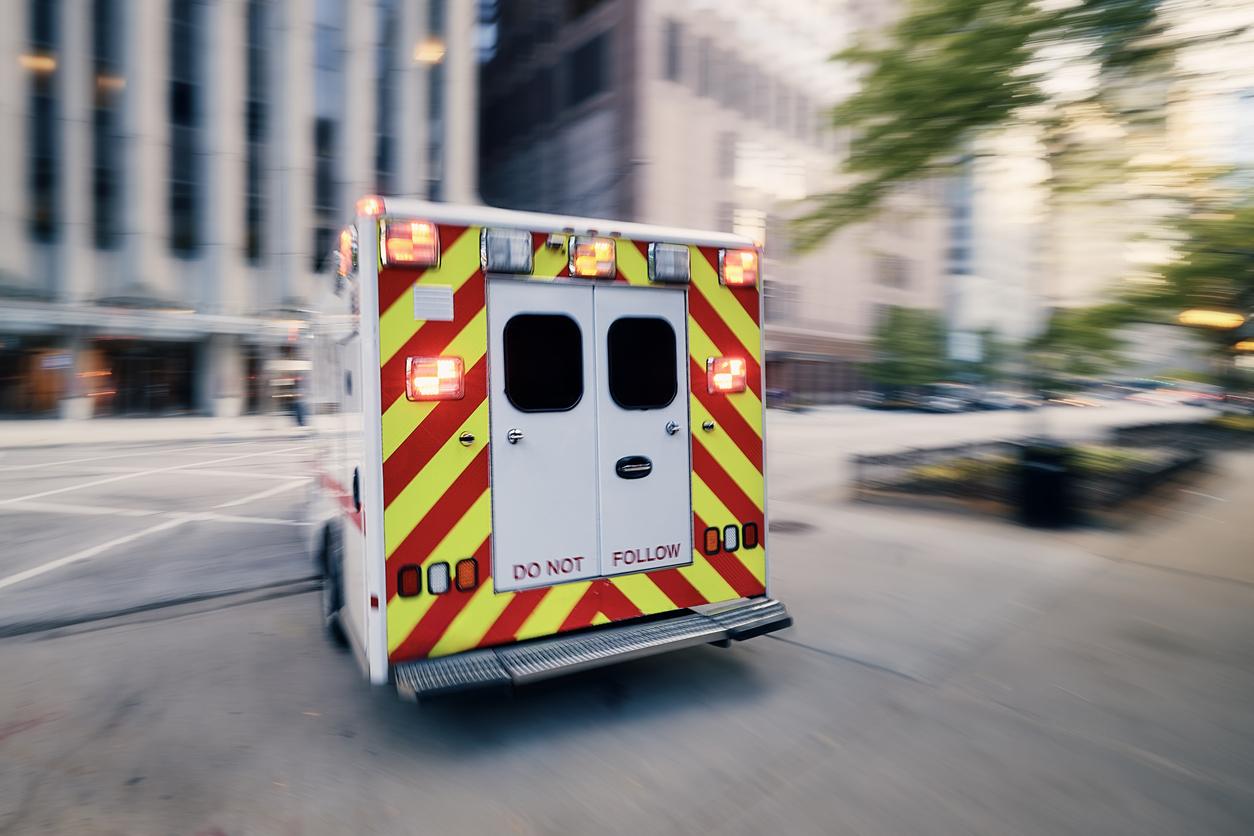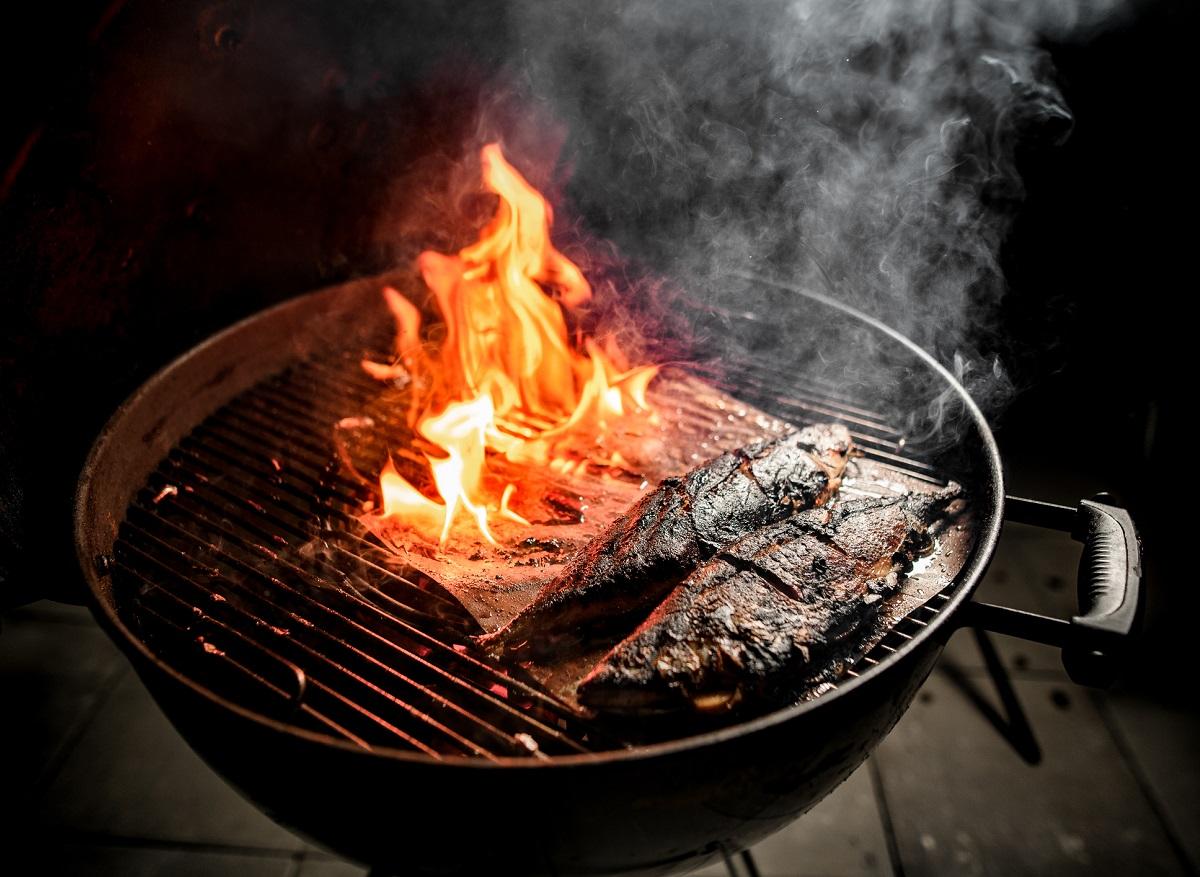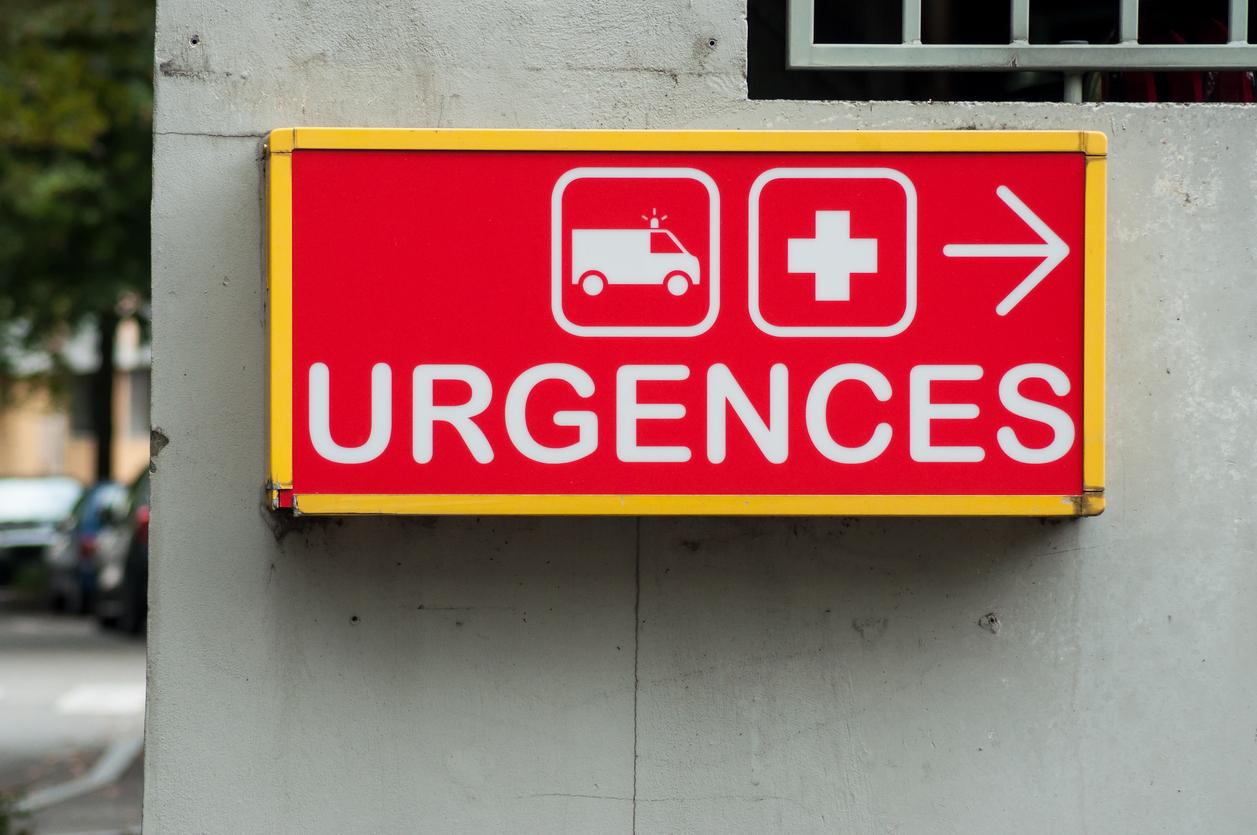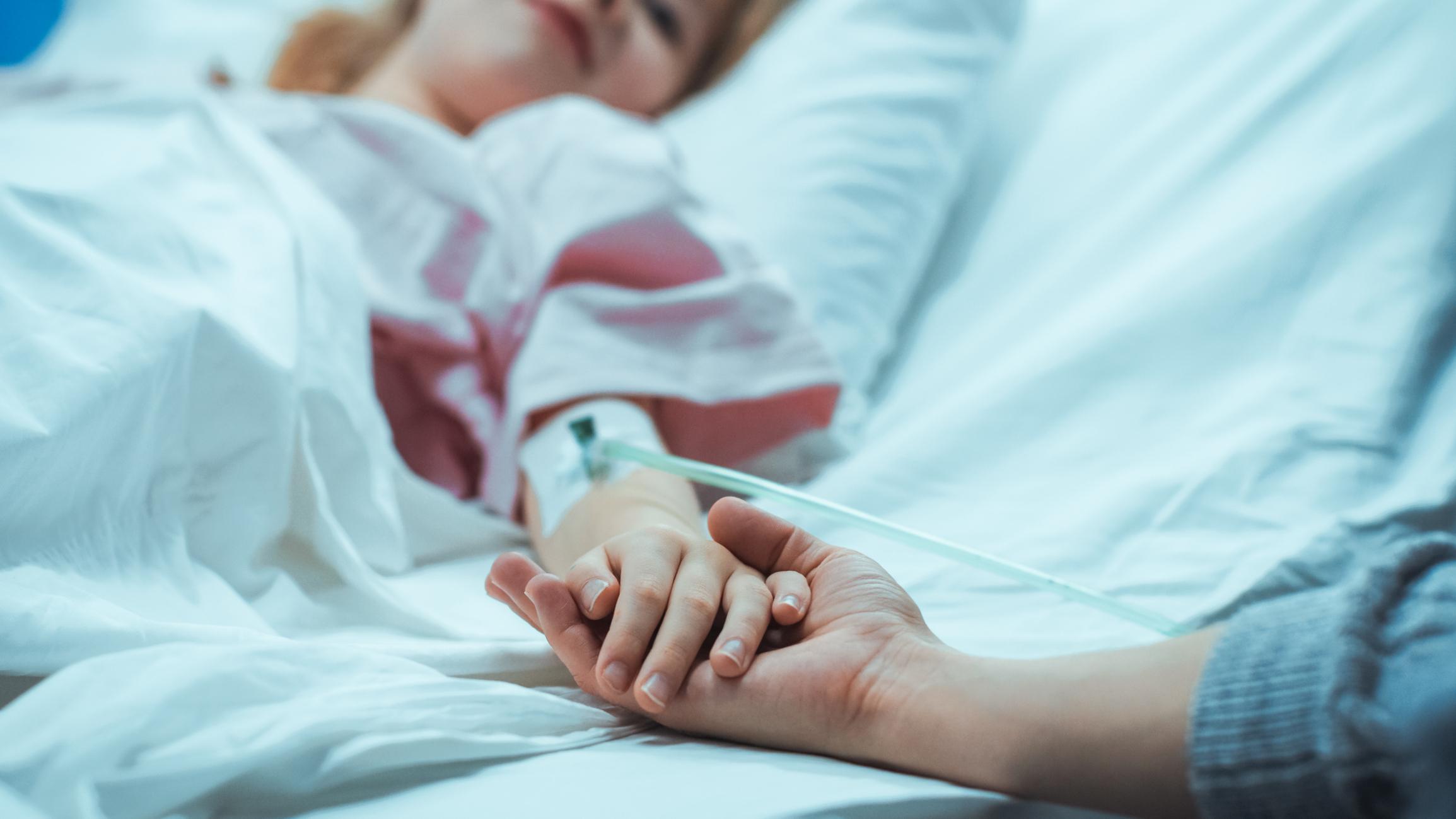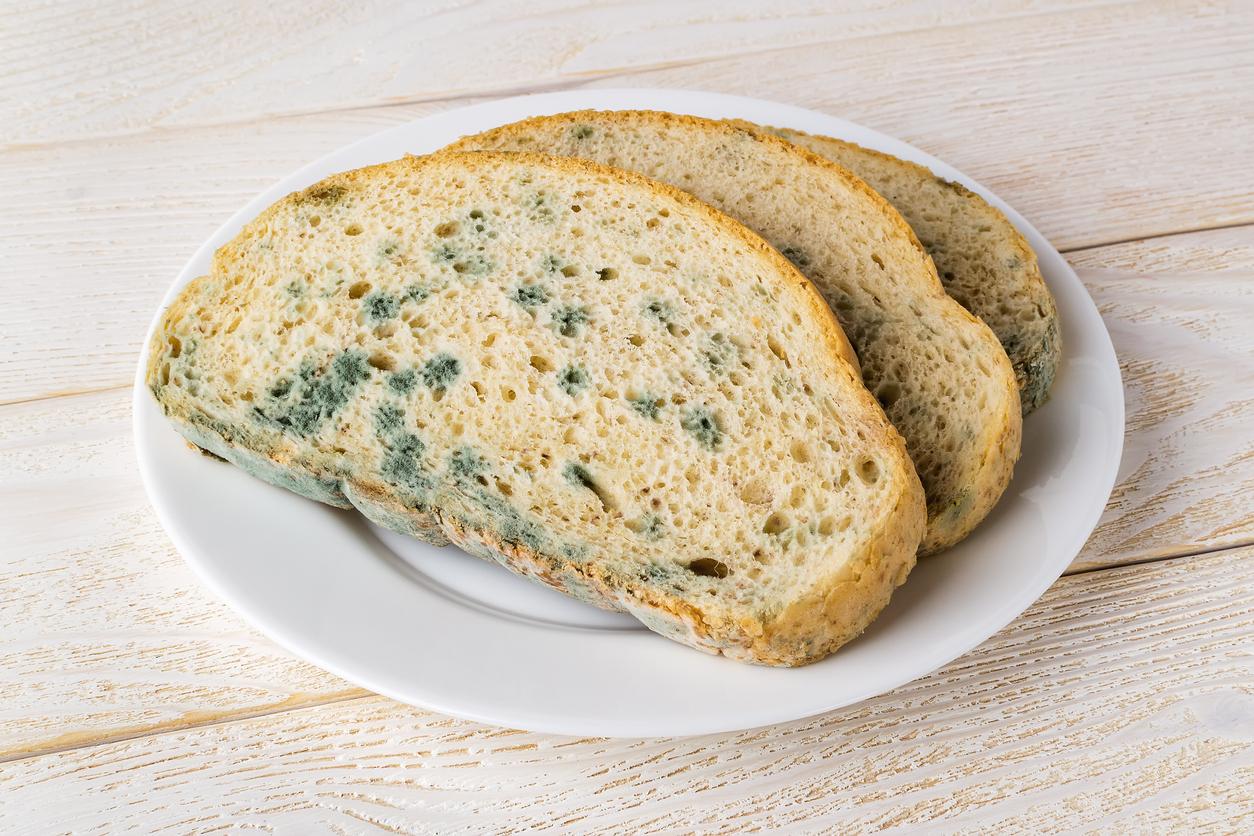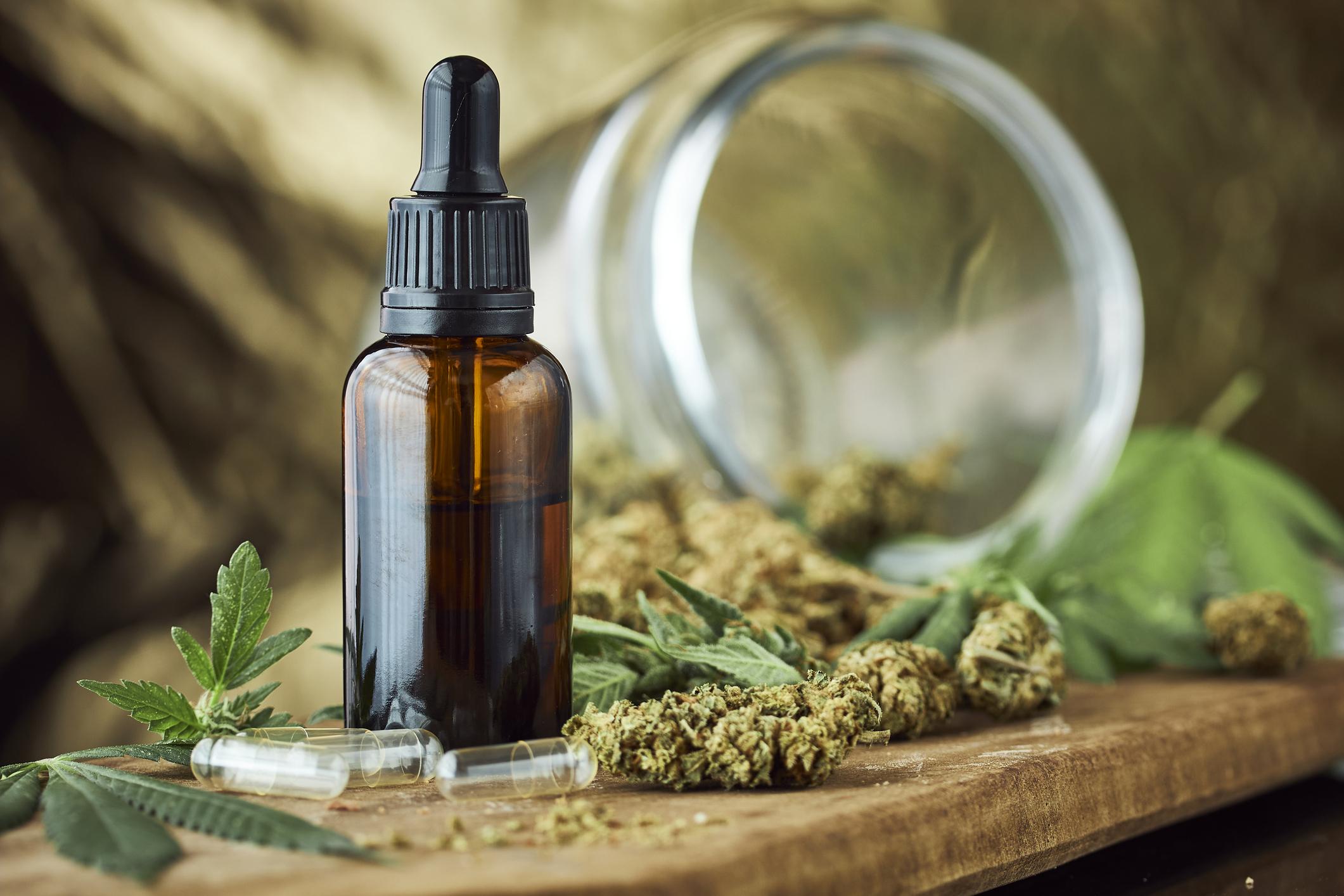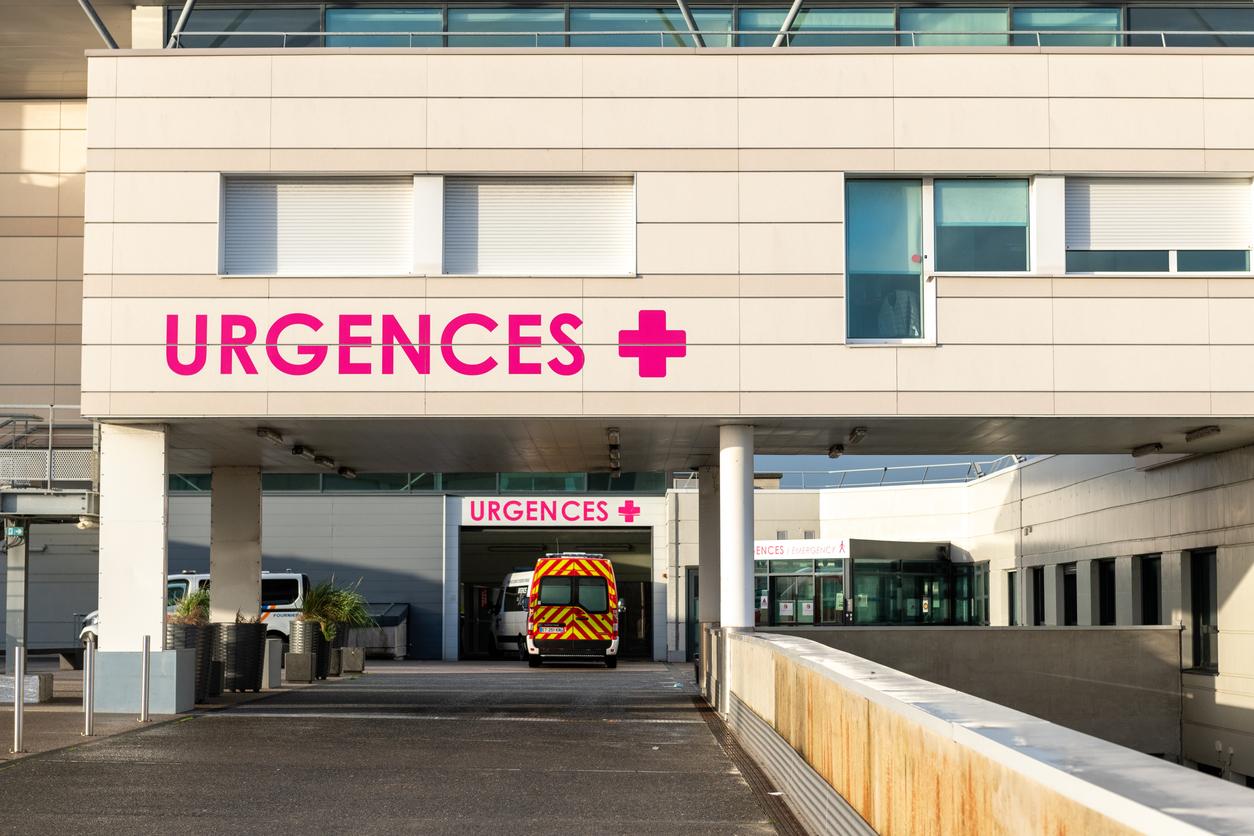Blues, bumps, bruises, bruises or bruises, what do all these terms mean?
The most used is the term “blue”. It actually corresponds to a bruise, that is to say an effusion of diffuse blood under the skin coming from the small vessels, which is accompanied by a weak swelling.
Hematoma also corresponds to an effusion of blood, but coming from larger vessels. It appears as a colored lesion and produces swelling.
Bumps like bruises are bruises to tissue without tearing, characterized by swelling – or edema – and sometimes a colored spot.
What are the symptoms ?
Symptoms of bruises, bruises and bruises are a bluish color and swelling. Blue quickly tends to purple, then yellow and greenish. This color change is normal, reassures Doctor Pascal Cassan, emergency doctor and national medical adviser to the French Red Cross.
“Initially, the blues are always blue because the blood clot coagulates: it loses its oxygen and therefore its red color, he describes. Then, the different colors depend on the progress of the degradation of hemoglobin, the molecule located in red blood cells that carries oxygen. The different products formed as the white blood cells “eat” hemoglobin influence the changes in the color of the blue “, details the emergency doctor.
Besides the color, pain in the area of the shock are also a symptom of contusion, bruising or hematoma.
The different causes of bruises and bumps
The main cause of bruises and bumps is traumatic: “blow, sudden shock or fall”, list Pascal Cassan.
But there are also non-traumatic causes, linked for example to taking medication. “Elderly people on anticoagulants, for example will have bruises more easily than other people “, notes the emergency doctor.
Pathologies of platelets, these blood cells responsible for its coagulation, can also promote the appearance of bruises for almost benign shocks. It will then be up to the doctor to explore the cause of these frequent bruises or bruises to diagnose a possible blood disease.
Finally, since the start of vaccination against covid-19, people vaccinated have complained of the appearance of bruising at the injection site of the vaccine. “It is possible and it is linked to an immune reaction which can vary our coagulation”, explains Doctor Cassan. But that the vaccinated be reassured: “these small variations in coagulation are harmless and most of the time resolve themselves”, the doctor continues.
Bruises and bumps: how long do they last?
Bruises and bumps can last Several weeks, depending on the affected area, the impact of the shock causing the trauma and the ability of each body to break down hemoglobin.
A hematoma in the eye, commonly called “black eye”, can last two to three weeks.
The duration of the hematoma, bruise or contusion is not a warning sign, reassures Dr. Cassan.
What treatments to relieve them?
Whether the bruise is located on the face, legs, arms or ankles, a single gesture will limit it: ice application for 10 to 15 minutes. Ice that should be put in a small plastic bag covered with a cloth so as not to be too aggressive towards the skin.
Why is ice effective? Because it “tightens the vessels very quickly”, describes doctor Pascal Cassan. Since blue is an accumulation of blood under the skin, the sooner the ice is applied, the faster the vessels will be closed. So the faster the bleeding will be stopped, the less the hematoma will be.
If the pain from the bruise or lump is severe, taking analgesic drugs such as paracetamol or a non-steroidal anti-inflammatory drug (NSAID) is possible. However, avoid taking aspirin because it thins the blood and prevents clotting.
Natural remedies, true from false
A frequently used remedy for bruises and bumps isarnica. No scientific study has yet been able to demonstrate the effectiveness of arnica against these injuries. Corn “using an arnica-based preparation can do no harm, provided it is used in addition to ice and not instead”, says Dr. Cassan.
Other remedies are sometimes used to deflate an edema or make a bruise go away: slices of raw potato, green clay, a chicken cutlet or even coins to apply on bruises and bruises.
In all these examples, it is actually the cold that acts, analyzes the doctor. Instead, prefer ice, because if the shock is accompanied by a small wound, these remedies can carry germs and be the cause of an infection.
What are the risks of complications?
In general, you should be concerned if the area of the bruise or the bump becomes red, hot or painful: “these are the signs of an infection“, reveals Doctor Cassan.
Other complications exist, especially if the blow causing the trauma was violent. “If the victim’s attitude is changed, especially if he has trouble concentrating, drowsiness or even loss of consciousness, you have to call the Samu to search for a possible head trauma“, alert the emergency physician.
Then, there is a risk of compression if the trauma concerns flexible areas, like the eye and testicles. Compression of the vasculature of the eye and testicular compression pose a risk of loss of these organs. “The occurrence of a hematoma in these two regions should encourage consultation”, finally advises the emergency doctor.
Sources:
- Interview with doctor Pascal Cassan, emergency doctor and national medical adviser to the French Red Cross.
- Hematoma and ecchymosis, Vidal.fr, December 29, 2020
- Contusion, Vidal.fr, March 24, 2020
- Domestic accidents: Ecchymosis (“blue”) and cutaneous hematoma, Ameli.fr, January 3, 2021











